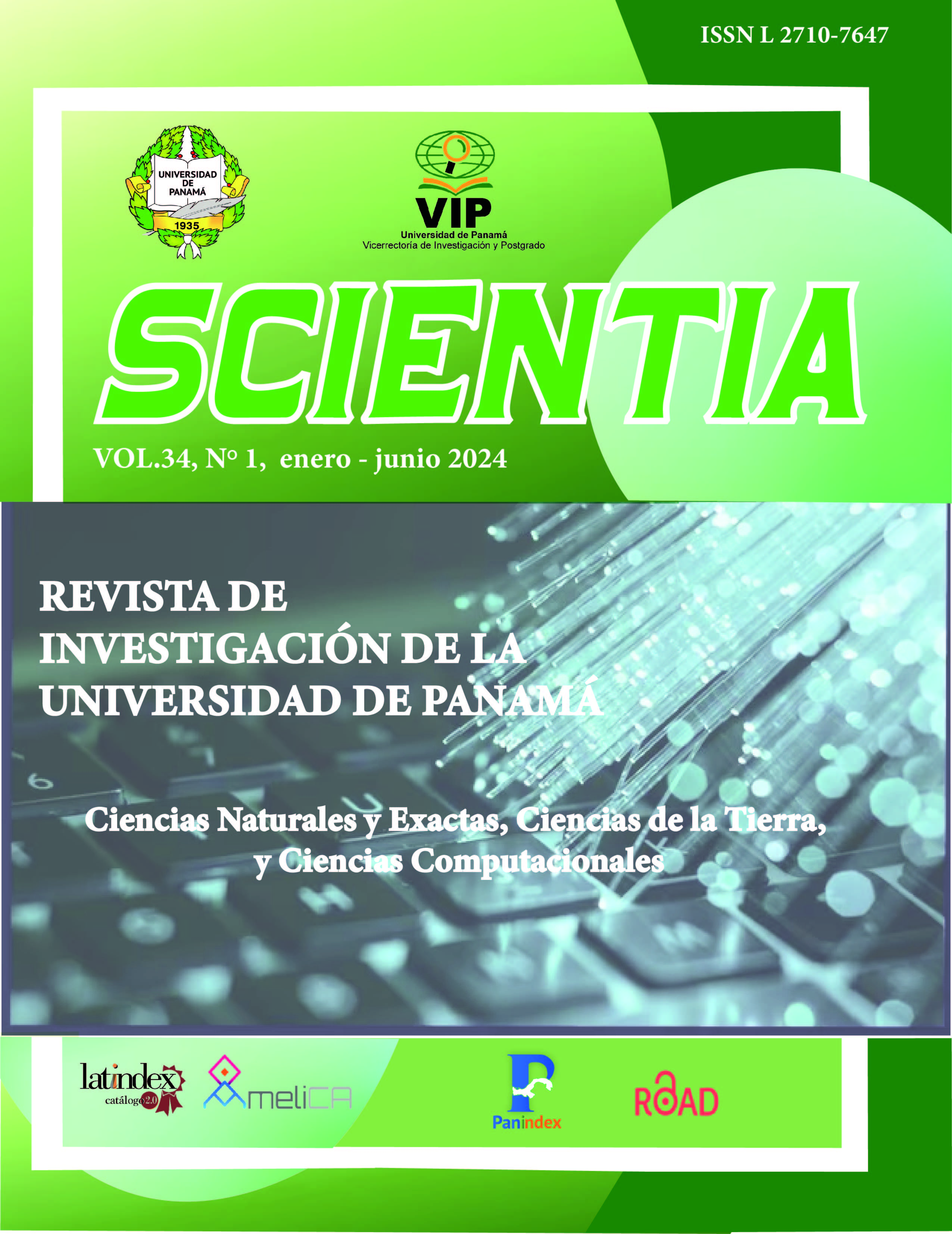

Copyright (c) 2024 Scientia

This work is licensed under a Creative Commons Attribution-NonCommercial-ShareAlike 4.0 International License.
The macrofauna of urban sandy beaches has been little studied in the country, despite the ecological importance as a component of the trophic structure of the coastal ecosystem of beaches that receive flocks of migratory birds at a specific time of year, and sewage and surface water from the urban rivers. The abundance and diversity of benthic macroinvertebrates of Panama Viejo beach was determined in three seasons and evaluated during four months of the rainy season. Variations in dissolved oxygen of the interstitial fluid were observed between 7.16 and 9.09 mg/l, dissolved solids, average 0.21 0.18 mg/L, sediment temperature between 27 and 37°C, mean salinity of 28.83 1.10 and organic matter of 2,25 1.36 %. The particle size was represented by very coarse and coarse sand, separating the samples into four groups according to the mean Mz, representing the three study areas. 640 organisms were collected from 19 taxa, the hierarchy was represented by polychaetes > mollusks> crustaceans. The dominant group was Psamotreta grandis, followed by polychaetes Capitellidae. Shannon Wiener’s diversity varied between 1.16 and 2.34 nats/ind. The Playa station was more diverse and better structured, and the Museum station was more abundant. The dominant trophic groups were sub-surface and surface detritivores, indicating a stressed zone. The trophic index of infancy (ITI) was 30.29 which indicates a bordering environment between contaminated and degraded.